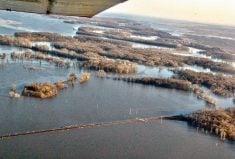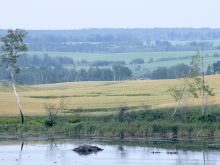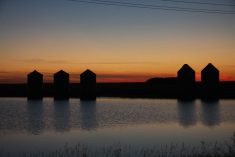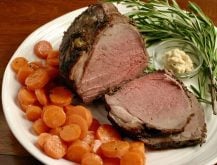Rural hockey players are often able to play only in leagues against their neighbours.
But the Sask-Can Summer Hoc-key Association, now in its 10th year, allows rural and city kids from across Saskatchewan to play together and compete at national and international levels.
However, the association is not open to all players, only the elite ones. Entry to the summer league comes by invitation after a winter of scouting in rinks big and small. There will be 10 teams this year, divided by age, with three exclusively for girls.
Read Also
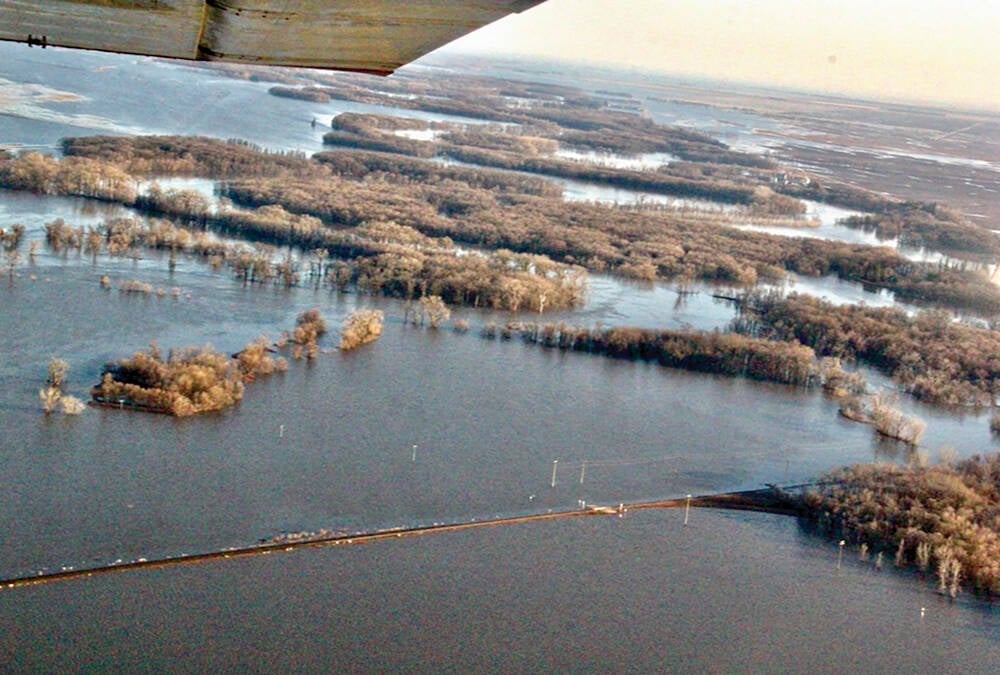
Rural Manitoba resources slim on natural disaster planning
A study from Brandon University’s Rural Development Institute has found that many rural and small municipalities don’t have the staff or resources to make formal climate plans against natural disaster.
Dean Huyghebeart’s son and daughter played in the summer league from 1995-98.
The experience im-proved their level of play and both were offered hockey scholarships, which only his daughter accepted. She played hockey for the University of Concordia for three years, winning national university titles twice. Today she is coaching girls hockey at a national level.
Huyghebeart, who lives in Glentworth, Sask., said his son’s experience was “fantastic. Being able to play the Russians. You never get that experience in Saskatchewan unless you’re with an organization like that.”
The association started when Saskatoon resident Lorie Heggie realized his son had talent and needed a better hockey experience. An American team that covered four northwestern states wanted nine-year-old Logan to play for it, but the Heggies couldn’t afford the cost.
However, Heggie decided to organize a summer hockey league for good players that could play in the United States and across the Prairies. With the involvement of other hockey parents, the Sask-Can league was born in 1993-94. Over the years, the league’s teams have won numerous tournament championships and several of its players and coaches have been selected for North American teams going to Europe.
Heggie said the organization is run by volunteers and even though his son was killed in a vehicle accident, Heggie continues as the league’s founder and director.
“This is my passion,” he said.
“If my son had liked soccer, I’d be into that …. Sports keeps the kids off the streets and out of trouble. It gives the kids a focus, a routine.”
Heggie incorporated his personal beliefs when writing the league’s mission statement – to allow youth from across Saskatchewan to make lifelong friends, learn from other players of their calibre, create respect through sportsmanship and, above all, to have fun.
“These are the very best players in their age group in the province,” he said. “But it’s also the kids that have the spark …. ‘Man, that was just a blast,’ is what we want them to say after we’re done.”
This year’s tryout camp is in Saskatoon in mid-April. Forty players are invited per team, but only 17 will be selected, for a total of 170. In comparison, the Saskatchewan Hockey Association says 26,727 minor league players, eight percent of them girls, participated in winter hockey in 2002-03. The association had no rural-urban number breakdown.
Heggie said the “rink rats” who drive hundreds of kilometres each winter to watch hockey and spot prospects are key to allowing rural kids to expand their opportunities in the summer league. Because of the lack of population, rural kids don’t find the level of coaching or the challenge from other players as good as themselves in regular winter play, he added.
Heggie said rural players tend to be better at hockey because “it’s still the thing to do in small-town Saskatchewan. It’s the culture. In the city there’s more distractions.”
Following the spring tryouts, players will have two or three practices and two or three tournaments across the Prairies and sometimes the U.S. Last year the Sask-Can league took 10 teams to the Calgary Stampede Challenge in July and won four of the divisions.
Wearing the royal purple, black and white colours of the Sask-Can league does not come cheap. Heggie estimates it costs families $750-$1,000 per player. However, the league tries to get corporate sponsors and sells space on a calendar that the league prints.
“Each kid can sell 10 spots in their community so the local Esso dealer or hardware store or even a grandma or grandpa can buy a square.”
The Saskatchewan Hockey Association has concerns about kids playing all year around. Its president, Al Hubbs of Indian Head, said kids need to play ball or soccer or do other things in the off season or they will burn out and drop out of winter hockey.
But parents like Huyghebeart don’t have a problem with more hockey. However, he does advise that the game should be fun for the kids.
“Enjoy minor hockey because there’s so few who go on to the senior levels.”


